
Sotheby’s London’s first-ever sale dedicated to contemporary Japanese printmakers celebrates the pioneers of the Neo-Pop movement and explores their global influence. Prints and multiples by world-renowned artists such as Yoshimoto Nara, Takashi Murakami and Yayoi Kusama shed light on kawaii culture and more, while provocative photographs by artists from Nobuyoshi Araki to Rinko Kawauchi unveil shibari philosophies. Altogether these works bring subcultures from otaku to kinbaku to London, from Japan with love.
Featured Lots
From Japan with Love | Celebrating the Pioneers of Neo-Pop
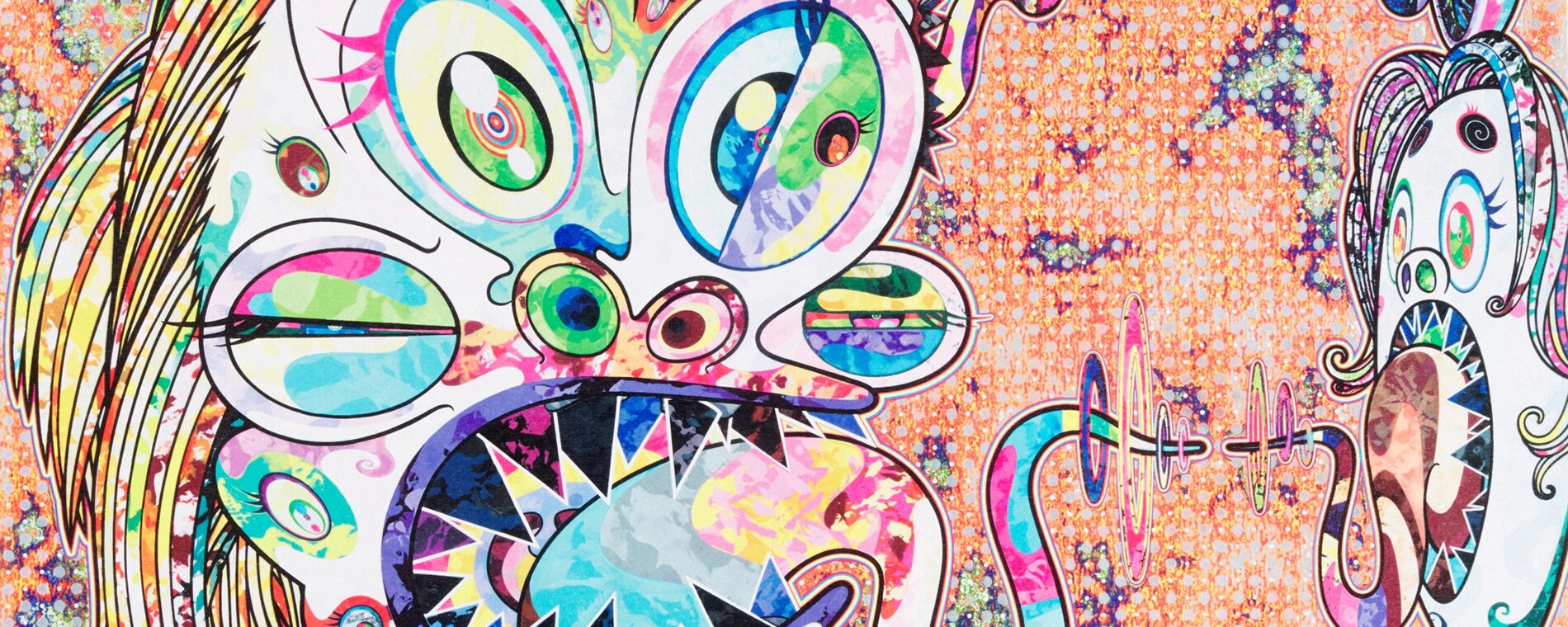
"The world of the future might be like Japan is today – super flat."
Murakami is often referred to as Japan’s Warhol. Just like the Pop artist, he embraces and encourages contradictions, thriving on disruptions of logic. Even Kaikai Kiki, Murakami’s art production and management company in Tokyo, is often compared to Warhol’s Factory.
The cultural contradictions Murakami refers to can be traced back to the US occupation in Japan after WW2: when the merging of Eastern and Western culture dramatically changed the country, giving rise to consumer products and phenomena that embraced and celebrated western influence.
"Murakami’s ‘Superflat’ concept seeks to explain these cultural attributes: ‘In his theory…distinctions between high art and low culture had become irrelevant in postwar Japan, metaphorically flattened by the atomic bombs into cartoon exaggerations of history."
Murakami’s imagined futuristic Superflat world is inspired by Amine eyes, jagged teeth, camouflage patterns, Mr. DOB, technicolour flowerballs, psychedelic mushrooms, and candy coloured landscapes where the otaku (obsessed with kawaii, games, anime, and manga) became the true drivers of contemporary culture, where human desires and anguish are embedded into the characters.
Just like Warhol, Murakami responds to the everyday and comments on the peculiarities of our global contemporary art world.
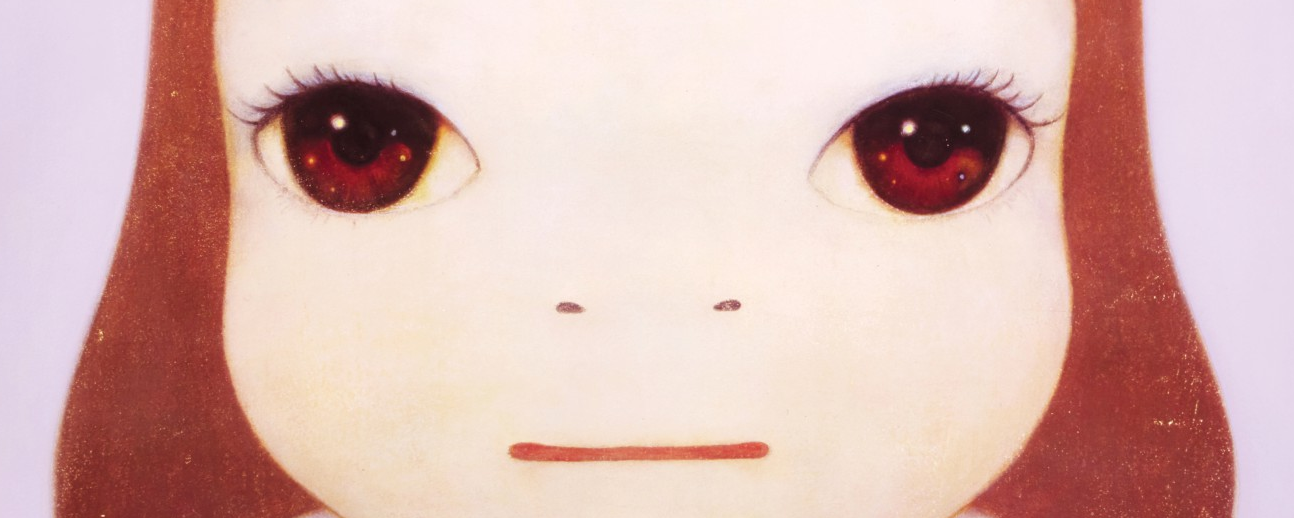
Japan's kawaii, or "cute", culture (think Hello Kitty and Pokémon) entered into the global artworld lexicon in the early 2000’s, introduced by Murakami, Nara and KAWS, who embraced the “Aww” factor in their work.
Kawaii has a wide semantic range, as the following definition suggests, from being sweet and lovely, to pitiable and pathetic:
kawai-i (adjective): (1) looks miserable and raises sympathy. pitiable. pathetic. piteous. (2) attractive. cannot be neglected. cherished. beloved. (3) has a sweet nature. lovely. (a) (of faces and figures of young women and children) adorable. attractive. (b) (like children) innocent. obedient. touching. (4) (of things and shapes) attractively small. small and beautiful. (5) trivial. pitiful. (used with slight disdain).
Through these complexities of expression, Nara created his own distinctive style and visual language. The ‘Nara’ girl is the ultimate embodiment of kawaii. With a big head, round face and large eyes, her childlike expressions are juxtaposed with adult emotions (see Lot 12). By combining different attributes of kawaii into a single work, Nara’s prints nurture emotions and imaginings that resonate with us, creating an empathetic response. Similarly, KAWS created a simultaneously endearing and sinister world populated by skulls and crossbones, and X-eyed characters.
Murakami, the champion of the cheerful nature of Kawaii, infused elements of the movement into his work in the late 1990’s, inspiring a series of smiling daisies in candy-coloured hues (see Lot 16). The artist stated that his early exploration of Kawaii inspired his breakthrough into Superflat culture:
“It’s never just black or white, good or bad; it’s ambiguous.”
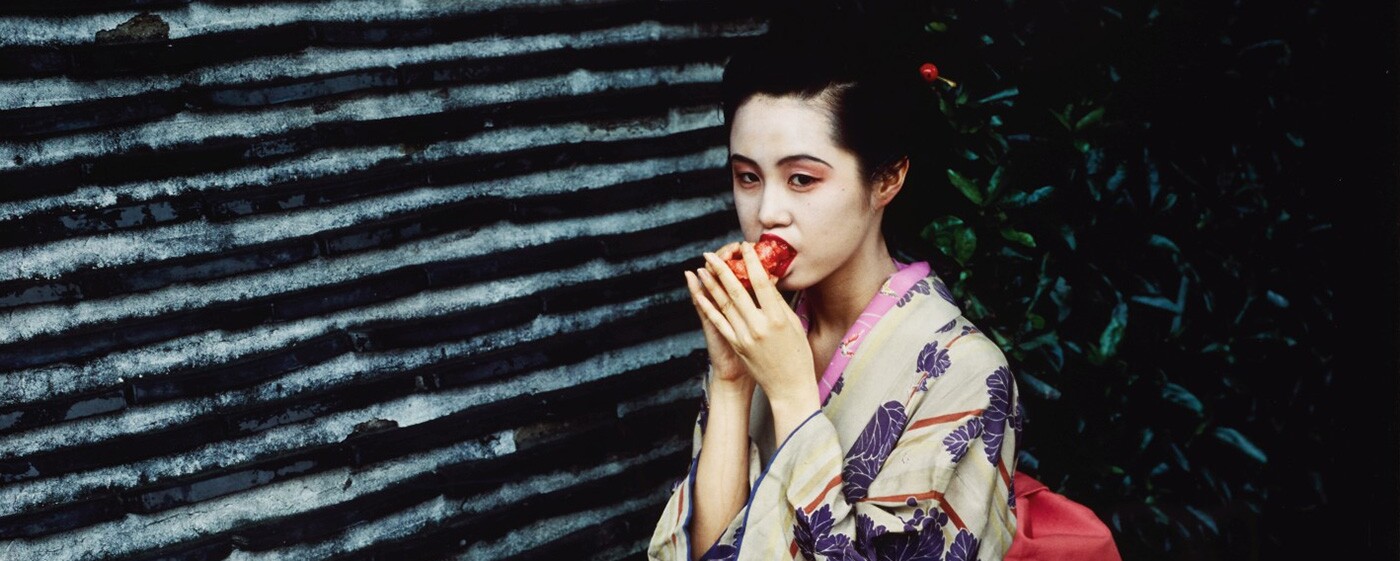
Japanese photography has always challenged the limits of censorship and social mores. Eroticism is a recurring theme in many contemporary artists’ work, capturing the essence of personal relationships in explicit contexts, dealing with themes such as sex, death and the transitory nature of life.
Araki’s work is inspired by ancient and modern Japanese traditions, in Yakusa, 1994 (Lot 26) this is evoked through the traditional tattoos on the male figure, while viewed in a sexual contemporary environment. He is also known for taking his experimentation with the medium a step further, as in Shiki-in, (Color Eros), 2005 (lot 17), where he uses paints on the silver gelatin prints to create unique works accentuated by colour acrylic colours.
Many of these works pay homage to the Japanese art of Shunga. These erotic, yet humorous works did not cease to inspire artists throughout the years, as is the case in Untitled, from the series Erotos, 1992 (Lot 13) or in more subtle erotic depictions such as Untitled (Watermelon) (from the series Colourscapes), 1991 (Lot 1).
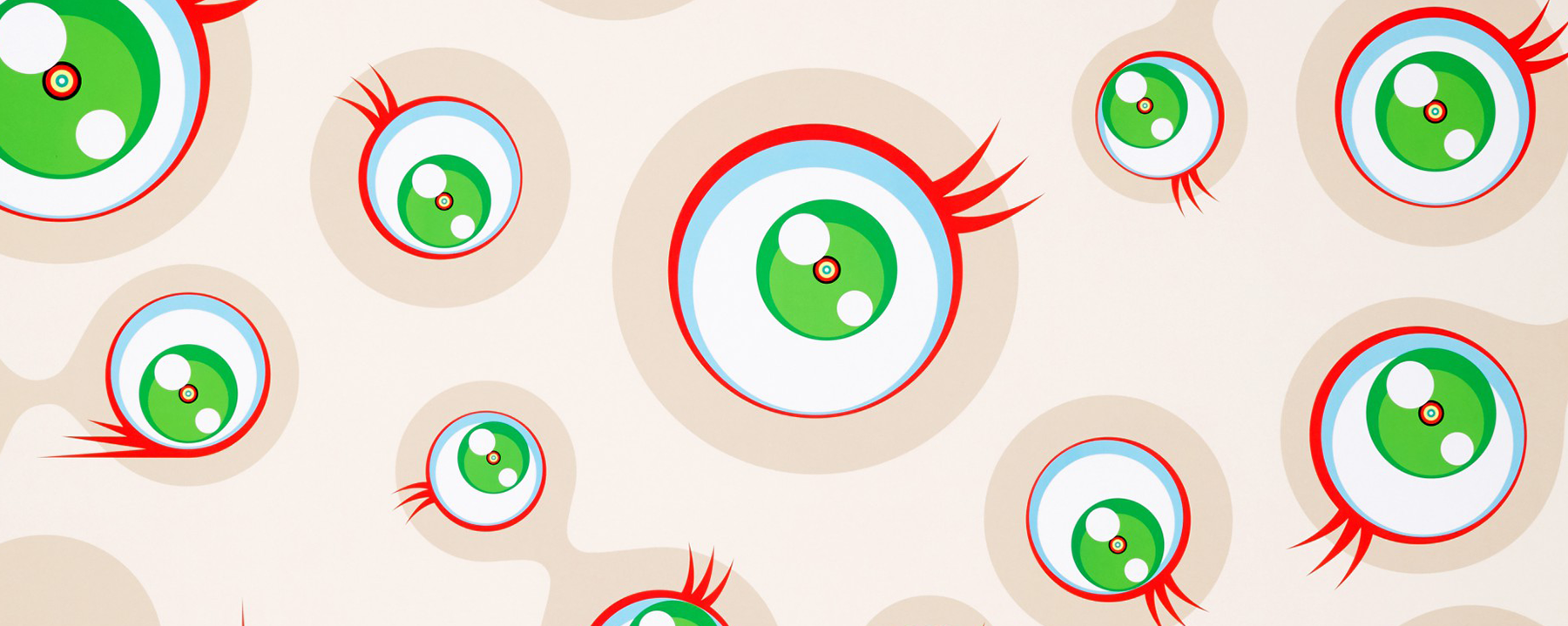
Anime and manga have become chief cultural exports of Japan, sweeping the globe one television screen and graphic novel at a time. Anime, short for ‘animation’, and manga, which translates literally to ‘whimsical drawings’, combine traditional storytelling techniques and casts of imaginative contemporary characters, from monsters to superheroes. In recent years, series and comics like Pokémon and Dragon Ball have enjoyed wide appeal and inspired world-renowned artists to explore the surreal and the cartoonish. American artists, such as KAWS, who began his career as an animator for Disney, and Daniel Arsham, have paid homage to the world’s most endearing “pocket monsters”, like the iconic Pikachu (see Lot 48) . With his Companion figures, KAWS has introduced a new selection of grotesque and charming collectible toys in the spirit of anime and manga figurines, creating artful consumer goods (see Lot 35).
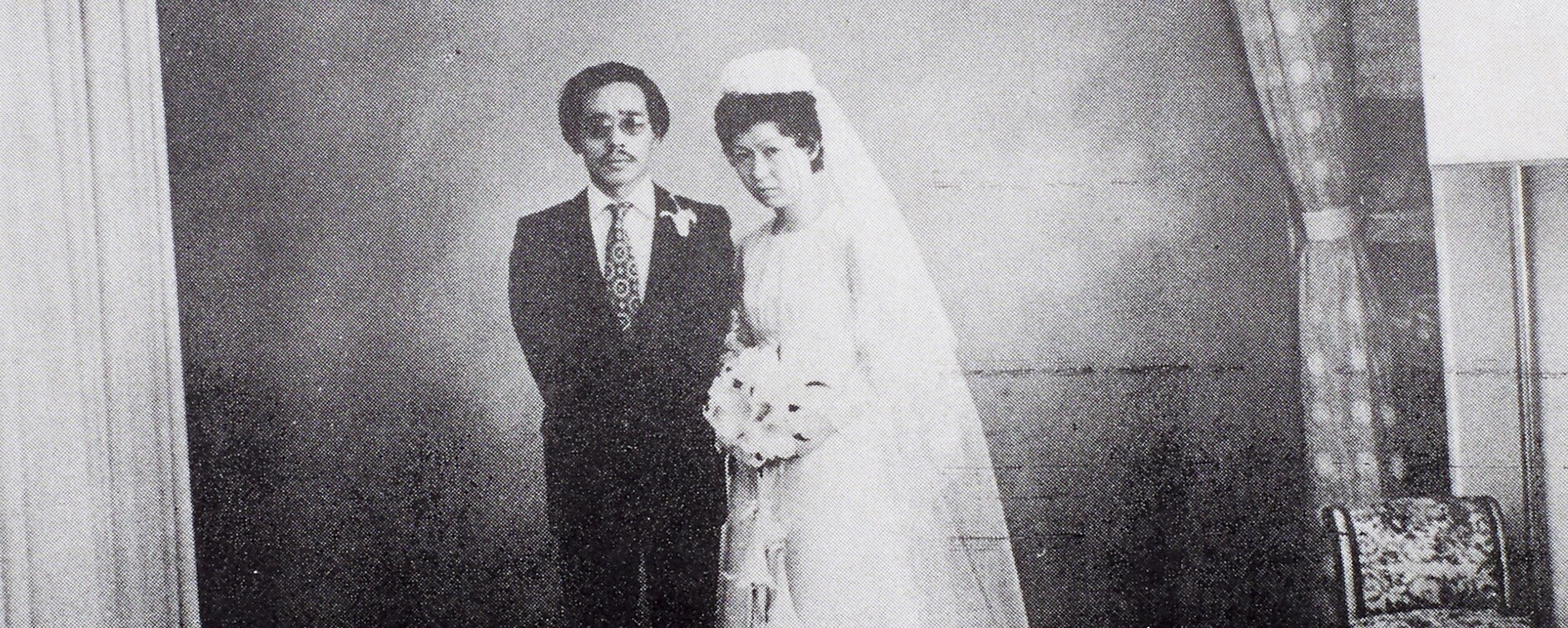
During the 1960s and 1970s, Japanese photographers started to use photobooks as propaganda tools, prioritising the strength of images over words. Eikoe Hosoe’s masterpiece Killed By Roses (Lot 29) is the ultimate avant-garde publication. The book showcases the iconic Japanese high-contrasted, blurry and grainy images across full bleed spreada.
Daido Moriyama’s Kiroki (Lot 24) publication was limited to 300 copies per issue and was a self-published personal photo-journal. The rare five volumes offered in the auction illustrate the artist’s transition from a documentary style to a more intimate and artistic approach to the medium. Araki’s Sentimental journey (Lot 38) is arguably his most poignant book, as opposed to his other more explicit and sexual bodies of work.
Included in the sale is the full set of the influential periodical Workshop (Lot 10). Published in 1976 by the avant-garde photography school of the same name, this publication shows the common passion for the development of the Japanese photographic style that its notorious founders, Tomatsu, Moriyama, Araki, Hosoe, Fukase, and Yokosuka, all had in common.































